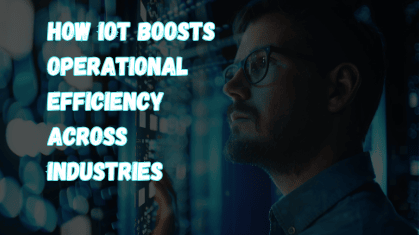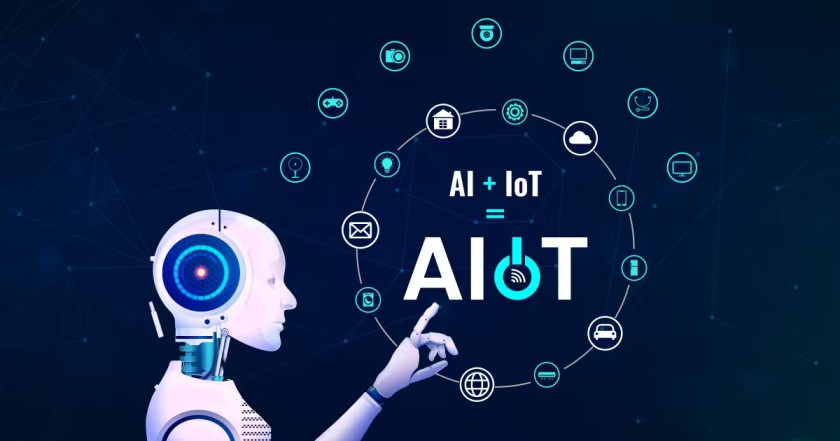
How IoT Boosts Operational Efficiency Across Industries
The Internet of Things (IoT) is changing how businesses work by making them more efficient, reducing costs, and increasing productivity.


© 2024 Crivva - Business Promotion. All rights reserved.